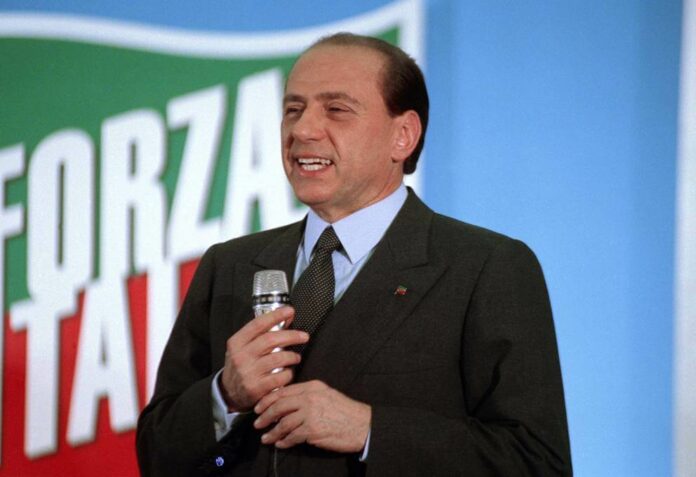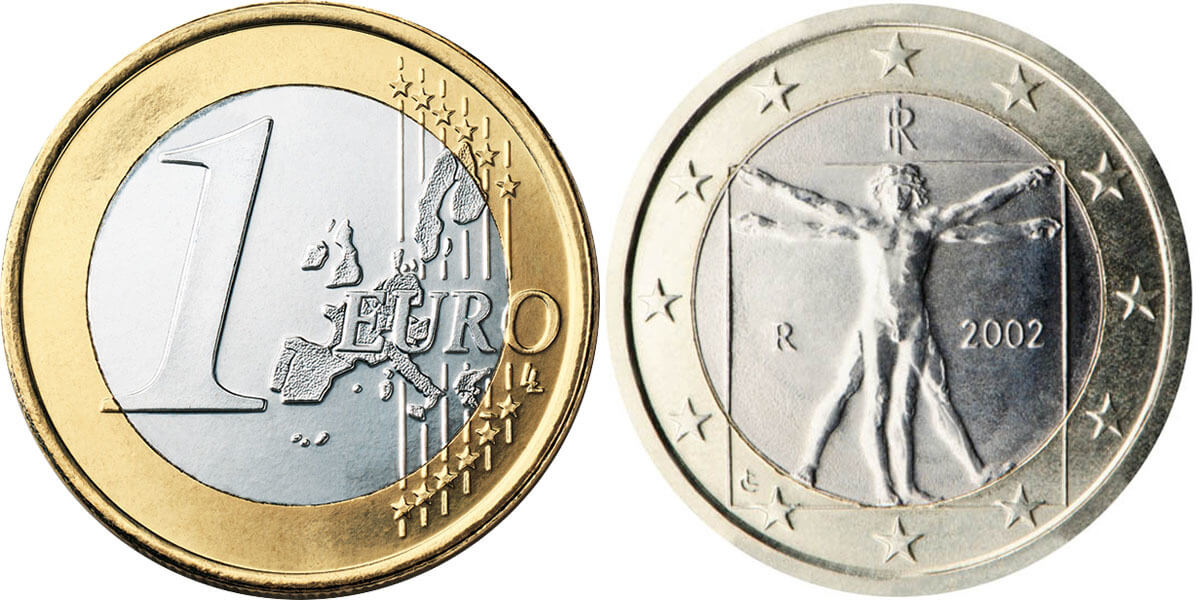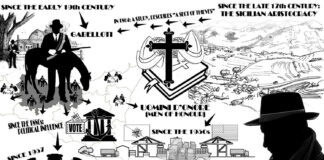
With a result of 12 million against 10 million votes, the Italian people decided in June 1946 in favour of an Italian Republic, and against Monarchy. In the following decades, Italy saw 55 governments, and 50 of them were dissolved early – sometimes even just a few days after they had been appointed. Nevertheless, the political situation was remarkably solid. Although the governments changed, the system remained the same.
Italy’s Always Changing Governments
After all, there was no other European country in which one party managed to remain in power for such a long time as the Democrazia Cristiana in Italy; until 1981, Italy’s Prime Ministers were members of that very party. And nowhere else in Western Europe was a communist party as successful and unsuccessful at the same time as the one in Italy. Although the communists regularly got up to 30 percent of the votes, they never managed to be part of the government. Another aspect that was unique in Western Europe was the permanent success of the fascist Movimento Sociale, which openly wanted to continue Mussolini’s policies.
Thus, the ever-same powers came together in changing coalitions to form ever-same governments, and the first Italian Republic appeared to be quite solid for several decades – despite numerous crises, an incredible number of unveiled cases of corruption and endless scandals revolving around the connections between the mafia and politicians.

“Mani Pulite” and the End of the First Republic
However, at the beginning of the 1990s, the Italian people suddenly no longer went along with it. The term “republic of bribery” repeatedly showed up in the media, and – under the slogan “mani pulite” (clean hands) – Milanese judges started to untangle a sophisticated corruption system: bribes were paid based on fixed quota and the profits from it were divided among the political parties according to a given scheme. At the peak of the fight against corruption, Giulio Andreotti was accused of being member of the mafia – Andreotti had been Prime Minister of Italy six times between 1972 and 1992 and was at that point the longest serving politician of the country.
At the end of the First Republic, Italy was a country without a political moral compass, had a large mountain of debt and lost its group of experienced politicians of the ideological centre.

A “Judges’ Revolution” Leading to the Second Republic
The “judges’ revolution” changed Italy, the so-called Second Republic began: the Democrazia Cristiana and their long-standing coalition partners split up to form numerous small parties. And a new type of political party evolved: in 1994, the media mogul Silvio Berlusconi created the party Forza Italia within an extremely short amount of time, won the elections and became Prime Minister. And the politician Berlusconi was not the only thing Forza Italia had to offer: soccer, consumer goods, insurances, advertising, entertaining, information.
However, the big step into the second Republic was only completed on the surface. Although the Italian people had appointed a new government that mainly consisted of new people with new faces that were members of new parties, they did not realise that Berlusconi, their designated new leader, had grown up in the old system. He himself did not have a clean slate either. Among other things, he was accused of perjury, bribery, illegal party financing, falsification of balance sheets, tax evasion and contacts to the mafia

In 2000, 57 million people measured their wealth in lire – the European currency with the lowest nominal value. For one euro, one almost had to pay 2000 lire; thus, the currency change marked for many Italians the end of their lives as millionaires. At least they had had some time to get used to the outer appearance of euro coins: bimetal coins had already been in circulation in Italy since 1982. The 500 lire piece in the picture was the first in an entire series of such coins, which were minted until 1999. Moreover, it is probably the only coin of the world indicating its value in Braille.
Since the beginning of 2002, euros and cents have been circulating in Italy – just like in the other member states of the European Monetary Union. Although the lira is a thing of the past, Italy at least returned to centesimi coins, whose production had been stopped as early as in 1943. The motifs of Italian euro coins are manifold – they represent Italy’s entire rich history. By the way, the decision on the design of the national reverse of the coins was made by Italians in the context of a tv show: several designs that had been selected by a commission were presented to the audience, which could then give their vote via telephone or the internet.

This 2 euro coins features the great Italian poet Dante Aligheri (*1265, †1321) on the obverse. The model for his profile was created by another great Italian artist, the painter Raphael (*1483, †1520), who immortalised Dante on a fresco in the papal private apartments in the Vatican.

Speaking of the Vatican – the Holy See has its own euro coins minted, even though it is not part of the European Union (EU). Until 2002, the Italian currency was legal tender in the Vatican, and the Papal States were entitled to mint their own lire coins. This right was then also applied to euro coins – provided that the Pope agrees to only issue coins that comply with the rules of the EU.
However, the Vatican decided to feature the portrait of the current Pope on the “national” side of its euro coins. This motif immediately aroused unease in some European countries. After all, euro coins were supposed to circulate in all member states – for example in strictly laical France, where the separation of church and state had been enshrined in law in 1905. Shortly before the introduction of Vatican euro coins, there was also a problem with the European Central Bank, who insisted that the head of a church must not be depicted on euro coins. Ultimately, the central bank allowed the Vatican to do so anyway because, after all, Pope John Paul II (*1978, †2005) was also head of state.
Here you can find all parts of the series “From Lira to Euro. Italy’s History in Coins”.
And you can find the euro coins of Italy and the Vatican in our online database Cosmos of Collectibles: Italy, Vatican.





